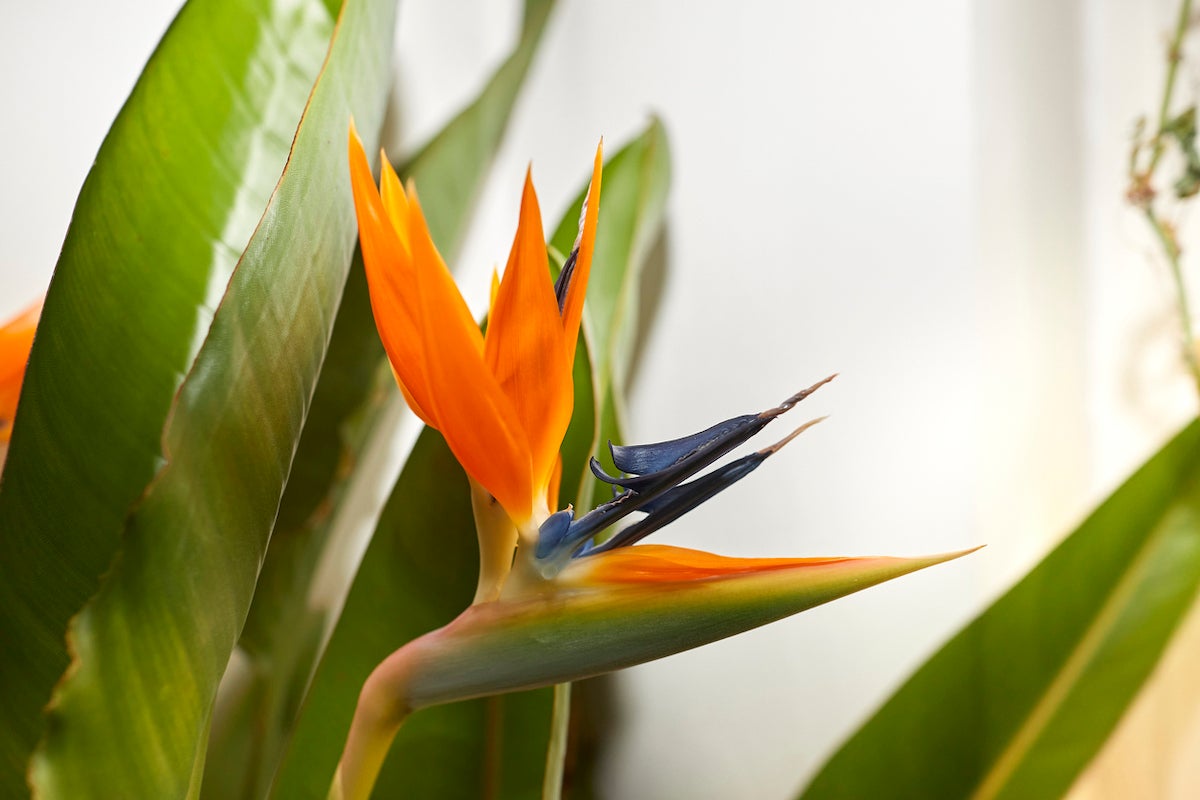
If you think you may have overwatered, a soil probe can help you assess how we the soil is at the root level and aerate the soil to release excess moisture. Some indications that your plant could be overwatered are droopy leaves, excessive splitting, and browning edged leaves with a yellow line. If your plant is not receiving enough light, it is more susceptible to overwatering. Although it does require a drying out period and is susceptible to root rot if the soil remains overly moist. In proper lighting conditions, the Bird of Paradise drinks plenty of water.How can I tell if my Bird of Paradise is being overwatered? Greenery Unlimited uses an organic potting mix with a slow release fertilizer in the soil, so should you purchase your plant from us you will not need fertilizer within the first 6 months of receiving it. Fertilize once a month with an organic houseplant fertilizer, following the package instructions for dilution and administration.


Allow the top 2" - 3" of the soil to become dry between waterings, but below that should remain moist. Try not to let the soil dry completely through the pot, but also avoid overwatering.

A soil probe is a very handy tool for both checking the soil moisture deep within a planter and can also be used to aerate overly wet soil.īirds of Paradise enjoy moist (but not soggy) soil, and being allowed to dry out slightly between waterings. Before giving your plant a drink, it is best to check the moisture level in the soil first to ensure it isn’t moist right beneath the surface.

In general it is better to adjust the amount of water given rather than the frequency of watering.Īlways be sure to assess your plant’s watering needs upon receiving it. October – February you can dial back the amount of water given provided you don’t have the plant near a dry heat source.
#Birds of paradise plant pro#
PRO TIP: In the winter months when less sunlight is available due to the elliptical orbit of the sun, Birds of Paradise go through a “resting” period and require less water.


 0 kommentar(er)
0 kommentar(er)
